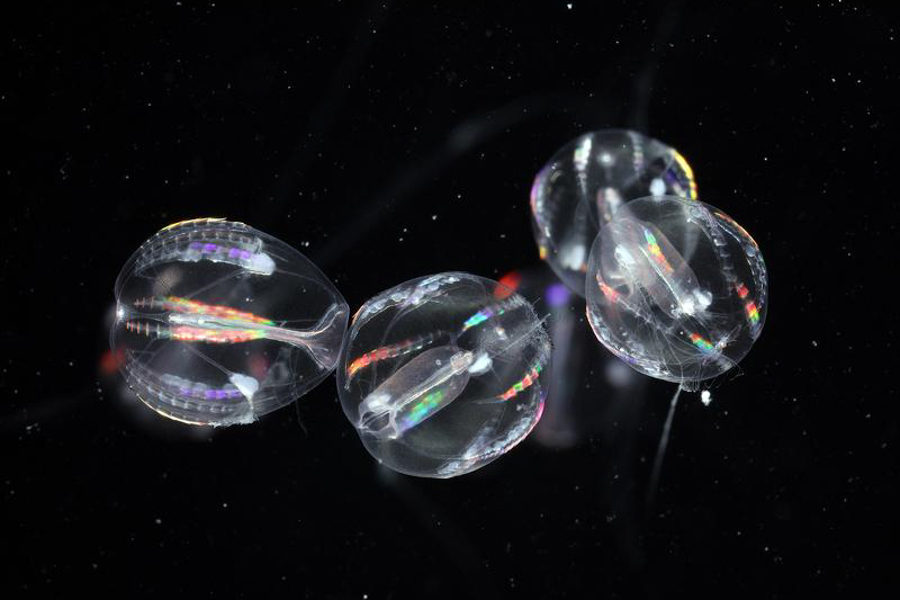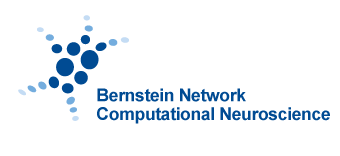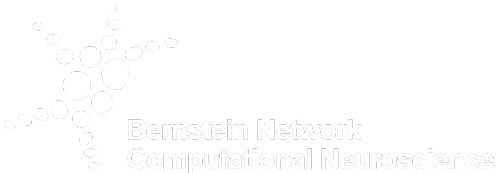Evolutionary origins of the brain
Human Frontier Science Program funds research project coordinated in Göttingen.

Ctenophore, Photo: Joan J. Soto-Angel
Bernstein members involved: Fred Wolf
The first brains in the world of animals marked a decisive step in evolution. Living beings could now process information and identify opportunities as well as dangers. But how did the first brains evolve and what form did they take? Fred Wolf from the University of Göttingen and the Max Planck Institute for Dynamics and Self-Organization together with Pawel Burkhardt from the Michael Sars Centre at the University of Bergen, Norway, will receive a grant from the Human Frontier Science Program (HFSP) to get to the bottom of these questions.
Their project “Decoding the gelatinous origins of brain evolution” will be funded with 900000 USD. It is designed to understand the functioning of the very simple nervous system of the sea walnut (Mnemopsis leidyi), a member of the comb jellyfish family (Ctenophoren). For this purpose, the researchers will apply both theoretical and experimental research approaches. They hope to decipher the neural network of comb jellyfish. These planktic predators can severely disrupt intact marine ecosystems. Compared to other predators, they probably have one of the most unusual brain structures on the planet.
“Animal brains are living computing devices, built by evolution in a long-sequence of key innovations. The frontier science funding provided by HFSP will allow as to elucidate the biological innovations that powered the emergence of the first brains and understand how they enable these tiny predators to navigate their ocean home” says Fred Wolf, Professor of Dynamics and Biological Physics at the University of Göttingen, Head of the Neurophysics Research Group at the Max Planck Institute for Dynamics and Self-Organization, and Founding Director of the Göttingen Campus Institute for Dynamics of Biological Networks (CIDBN). This is already the third time he has received an HFSP grant.
The sea walnut serves as a model organism for the research team. The interdisciplinary research approaches build on recent breakthroughs in organismal biology, molecular neuroscience, connectomics, neural circuit inference and neurotechnology. On this basis, the group will establish a computational image of the sea walnut’s neural network, which will be simultaneously matched with its behavior. The theoretical models will be tested with the aid of high-resolution whole brain images. In addition, detailed video recordings of free-living comb jellyfish will be employed to develop data-driven quantitative 3D models of the animals’ postural and movement dynamics during hunting, propulsion, and steering.
“We are thrilled to have been awarded an HFSP grant for studying the nervous system of comb jellyfish. This grant will allow us to work together on a truly exciting and ground-breaking project applying several novel, cutting edge methodologies which will shed light on the evolutionary origins of nervous systems in general,” says Pawel Burkhardt from the Michael Sars Centre Bergen.




